- Culture
- Architecture
Roman cemetery from the 1st-3rd centuries, located in the Villa de Madrid Plaza in Barcelona.
In the Plaza de la Villa de Madrid, in Barcelona, lies the Vía Sepulcral, a Roman cemetery dating back to the 1st–3rd centuries. The site, which lays underneath the plaza itself, is one of the cultural heritage sites managed by the Barcelona History Museum.
In those long-ago centuries, Roman law prohibited burials within the city; and so the funeral grounds of ancient Barcino were located on the outskirts of the urban center, along various roads which led to nearby towns, just outside the city walls. This cemetery, located further away from the walls, was considered a secondary burial site, fit for the internment of the low- and middle-class (slaves or freed slaves). In a twist of fate, its superb state of conservation now makes it today’s best preserved and most carefully studied burial site in the city.
The Via Sepulchral is the core of the cemetery, measuring five meters wide, and remains from the site have been found on calle Portaferrissa and calle Santa Ana, which led out of the city towards the south-west (towards the modern day calle Boqueria), heading ultimately to the neighborhoods of Corts or Sarrià. On both sides of the road, tombs are laid in rows, and spaced at irregular intervals. Among the remains that have been discovered, 85 different kinds of tombs have been identified: six monolithic cupaes, six altars, one stele, two inscribed stones, thirty-three tumuli (two of which are conical, and the others quadrangular or cupae), seventeen graves marked by tiles or amphoras, and twenty which are unmarked by any extant ornament.
The cemetery was discovered in 1956, while digging the foundation for the building that today sits at the southeast end of the plaza; until that recent year, the site lay hidden by alluvial deposits, so that its stones could not be used as building material. Between 2000 and 2003, more construction was done in the area, at which time the plaza was remodeled; the historical site officially opened in 2008.
What makes this graveyard particularly exceptional is the fact that its tombs were discovered in their original context, which is rather uncommon, considering that the vast majority of Roman burial grounds discovered in modern times only yielded pieces of stone which were later used for other buildings or gravestones.


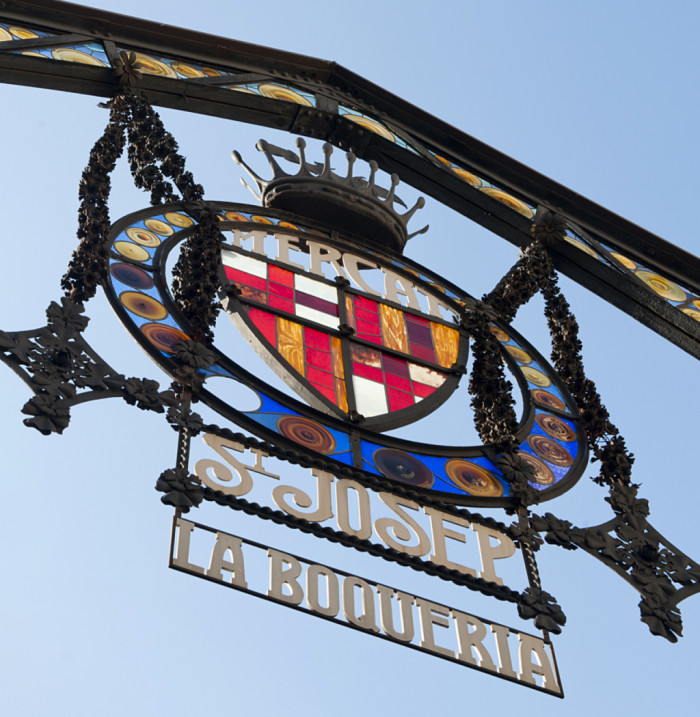



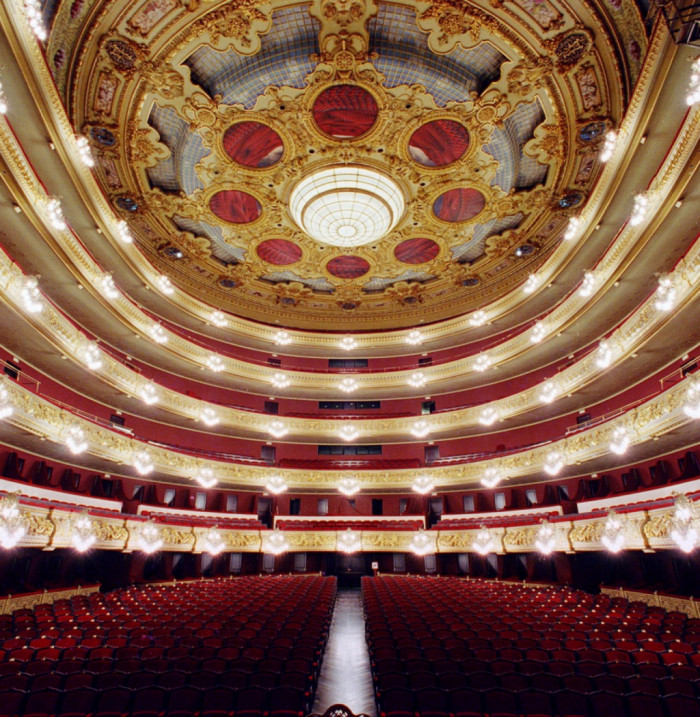
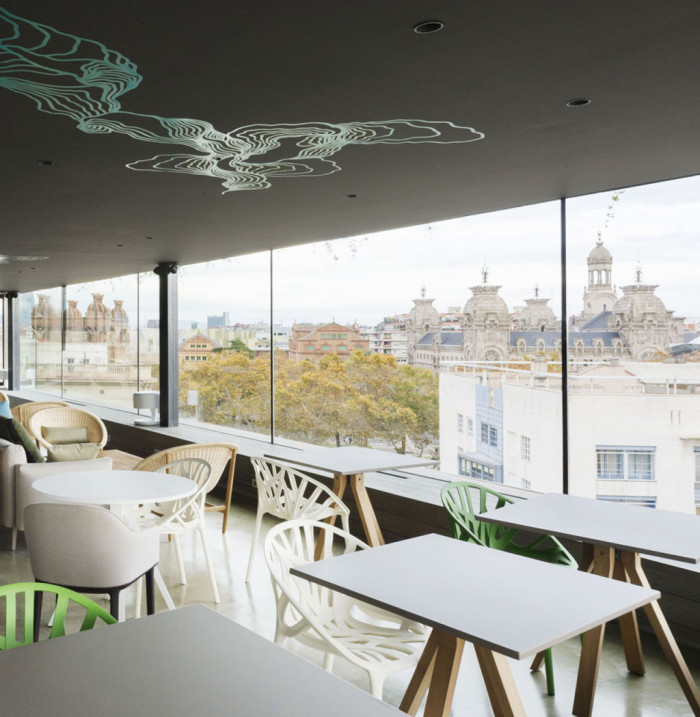
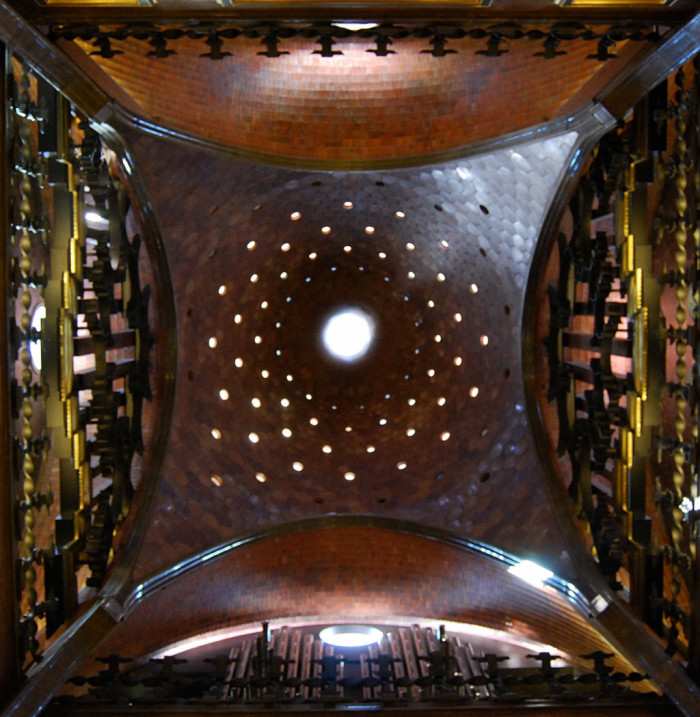
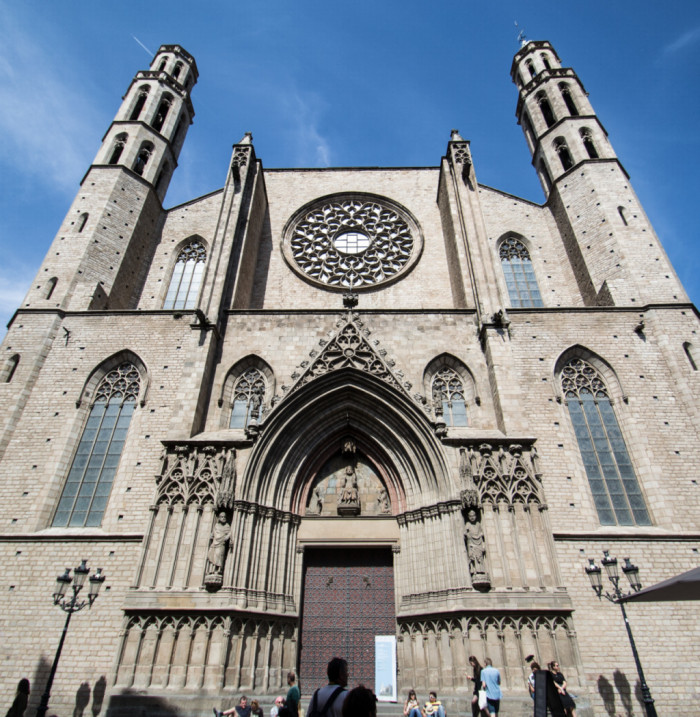
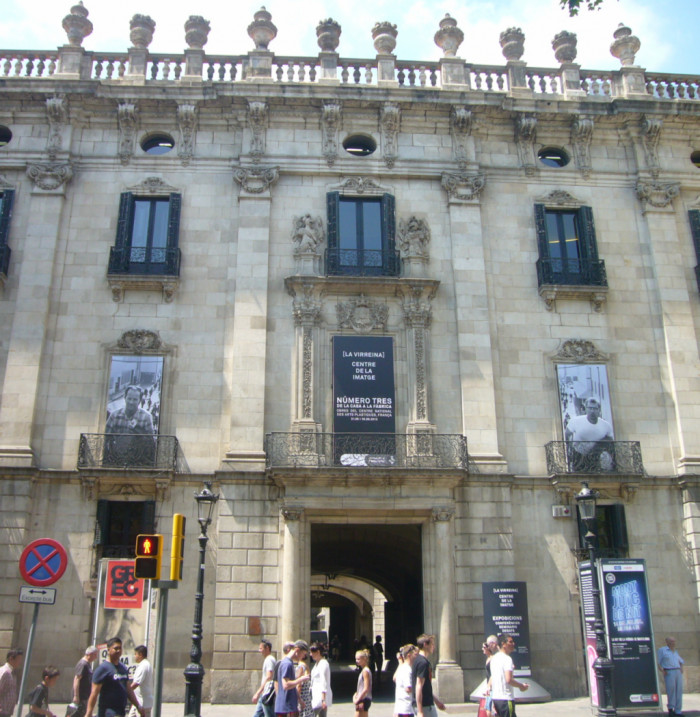
Original manera de exhibir un antiguo camino romano. Algunos de los sarcófagos o tumbas que se ven fueron trasladados de su lugar original a éste, pero no son más de tres o cuatro. Lo bueno es que puede visitarse gratuitamente la mejor parte, que es la que está al aire libre. Si uno tiene ganas, puede entrar al pequeño museo que hay ahí por una entrada muy barata, donde se exhiben reliquias y se explican las costumbres y creencias funerarias romanas.
En una centrica plaza, muy cerca de las Ramblas se encuentra un yacimiento arqueologico de la espoca romana,de maximo interes,
En el camino de acceso a la antigua Barcino se encuentran unos sarcofagos de la epoca que bordean el camino.
Existe un paso elevado que permite ver el yacimiento muy acondicionado. y una pequeña exposicion bajo techado..